A big corn crop in 2025 creates a tricky price situation for Wisconsin corn growers
Wisconsin farmers are enjoying a bumper yield of corn – silage and grain — in 2025 following opportune timing and favorable weather, but these high yields are accompanied by low prices for the crop.
October 9, 2025
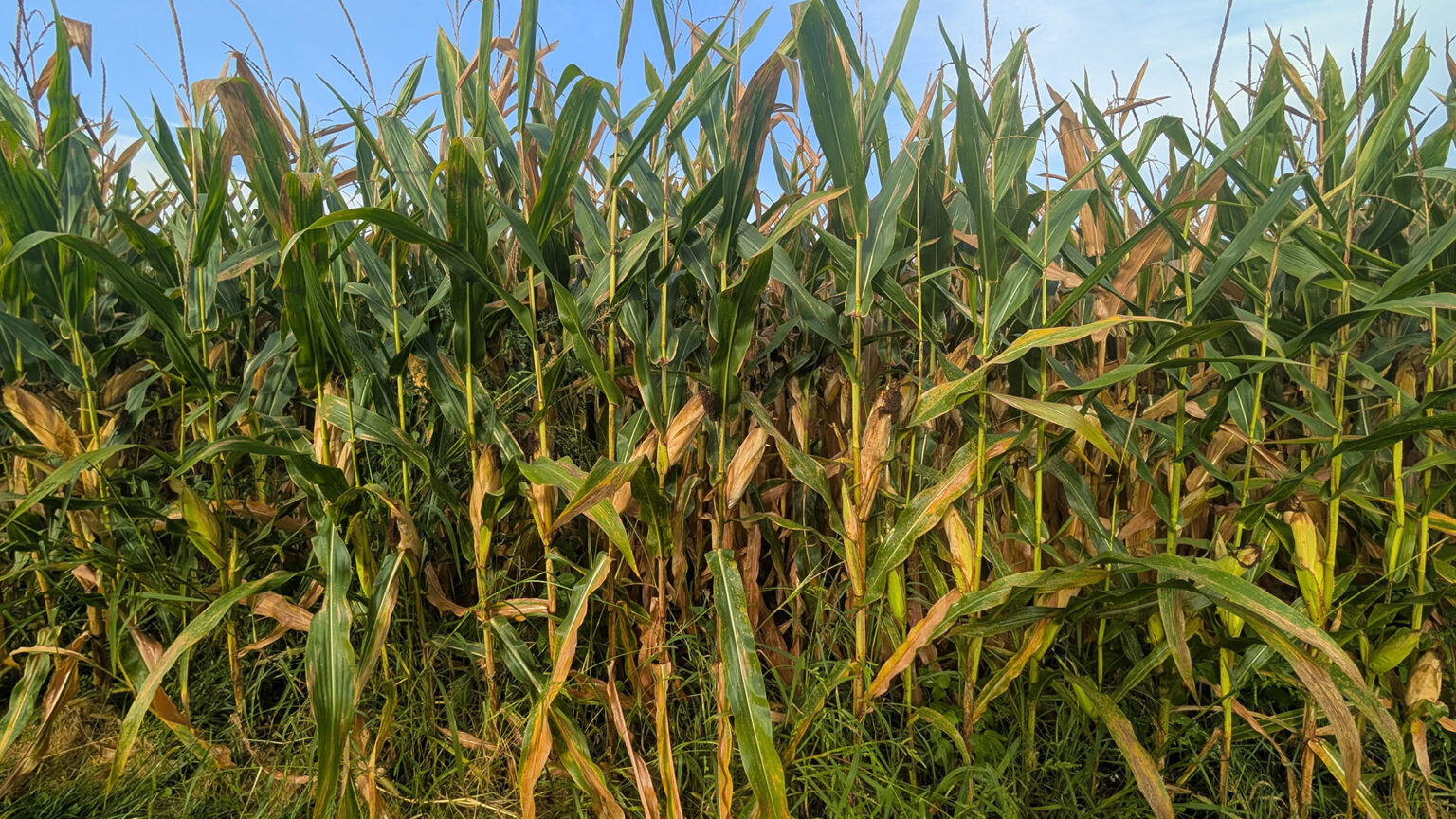
(Credit: Steven Potter / PBS Wisconsin)
Corn has been a top crop in Wisconsin for as long as anyone can remember.
Keeping pace with recent years, farmers in the state produced more corn silage in 2024 than any other state in the country. Silage is where the whole maize plant is harvested, chopped and fermented for use as a high-quality feed for livestock.
That high-yield harvest directly impacts dairy production by keeping cows well fed.
“Corn is one of the biggest contributors to the dairy industry, both in corn silage crop and a corn grain crop, which is also used for foraging,” said Harkirat Kaur, a corn agronomist with UW-Madison Division of Extension Crops and Soils program. Harvesting grain differs from producing silage because it focuses on using the corn plant’s kernels for human food and animal feed, as well as the basis for ethanol biofuel.
Because of its multifaceted uses, Kaur called corn “one of the pillars” of the $3 billion agriculture export industry in the state. The crop, she explained, “ensures that the livestock is getting enough energy and also corn as a forage crop provides more high energy than hay.”
Kaur is expecting the overall corn harvest in 2025 to beat the previous year’s haul.
“The number of acres that were planted went up and we are expecting higher yields this year,” she said, adding that 2025 could see an increase of 3-5%. “Last year, we were around 174 bushels per acre on average and this year we’re expecting around 180-182, so an increase of six to eight bushels per acre. There will also be counties where you will be seeing something above 200 bushels per acre.”
Timing and weather play the most significant roles in good corn production.
“When we can get our crops in by mid-May, that is a good start,” said Kaur. “Then, if we are getting well-distributed rain across June and July, we have enough for the crop to progress through the vegetative state.”
From there, warmer days and slightly cooler nights help the corn in the silking stage when pollination happens and corn kernels begin to grow.
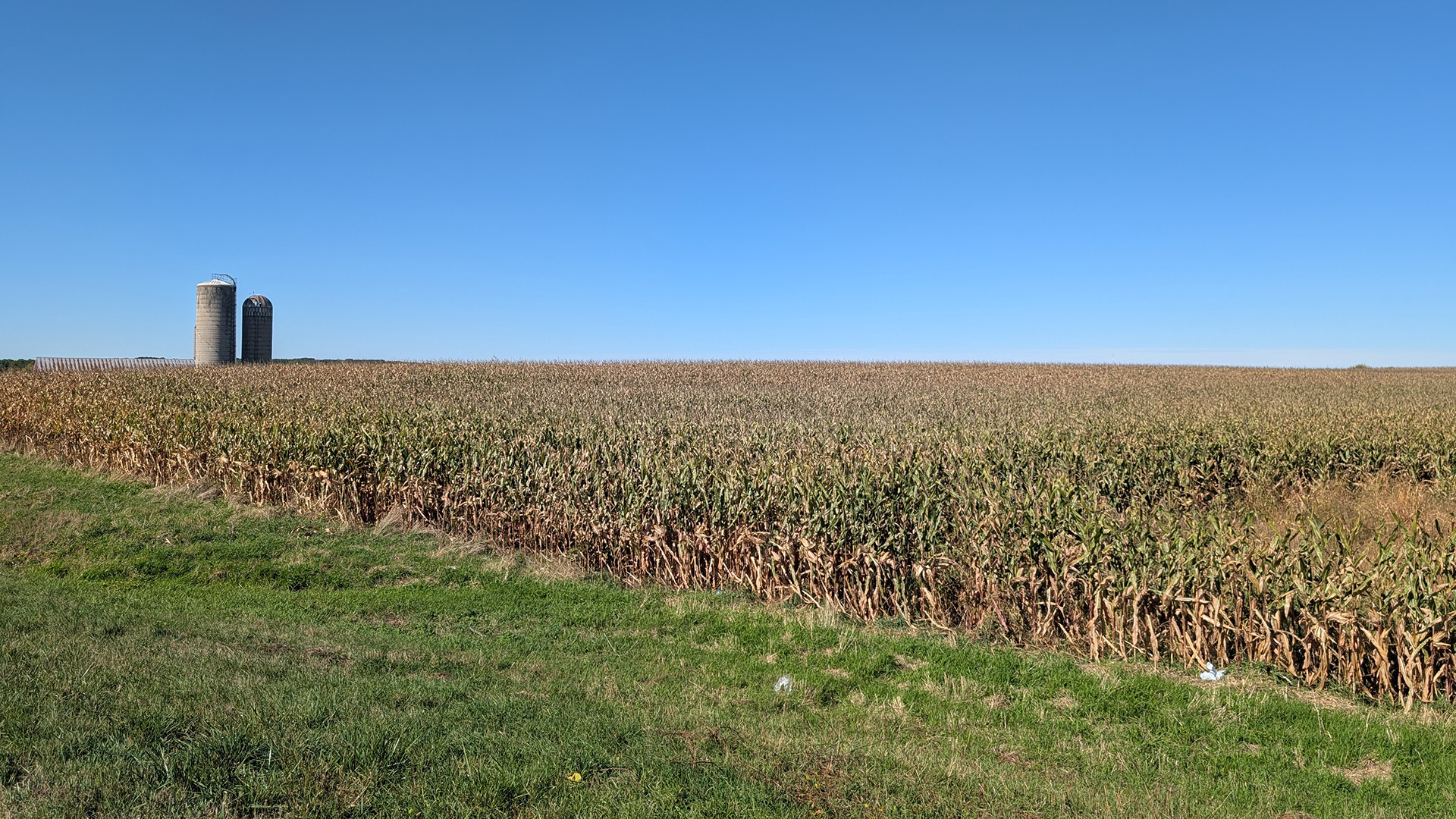
Two silos stand above a cornfield on Oct. 7, 2025, in Dodge County in southeastern Wisconsin. (Credit: Steven Potter / PBS Wisconsin)
While the yields are expected to be high in 2025, Kaur said prices are not.
“We are not seeing prices go above $4 for a bushel,” she explained, adding that the higher yield and lower sale price is “a tricky situation for a grower.”
The sale price per bushel of corn in Wisconsin was $4.03 in December 2024, which is a steep decline from annual averages of $4.40 in 2023 and $6.11 in 2022.
Kaur said changes in global economic markets are another factor in 2025.
“We may have 13% more corn this year, so we are having more corn than the market is really asking for and that drives the price point,” she said.
Kaur also suggested the impact of tariffs on international trade is having an effect.
“Those definitely are a factor to be honest, and that’s actually creating more uncertainty in international markets and driving the corn demand and prices,” she said.
Another concern for corn growers in Wisconsin are two fungal diseases: southern rust and tar spot.
Named for their appearances, southern rust produces orange-ish red pustules on maize leaves while tar spot creates small, raised black spots all over the plant. Southern rust can cause significant yield losses by consuming nutrients needed for growth and tar spot inhibits photosynthesis, leading to poor ear development and reduced kernel weight.
“We are experiencing some southern rust and tar spot across the state, mostly concentrated in the southern part,” said Kaur, who doesn’t expect it to affect the 2025 yield at a significant level but remains a concern due to harmful impacts on other state’s corn crops.
Beyond ethanol, animal feed and delicious sweet corn for backyard barbecues, Kaur noted corn’s use in many other products.
“It has such diverse uses. There are many products that you wouldn’t expect corn to be used in – like air fresheners – but it can be used as an emulsifier,” she said. “And, don’t forget: the United States is one of the biggest consumers of corn syrup and high fructose corn syrup. So that’s another part of the industry that is leading corn consumption.”
 Passport
Passport





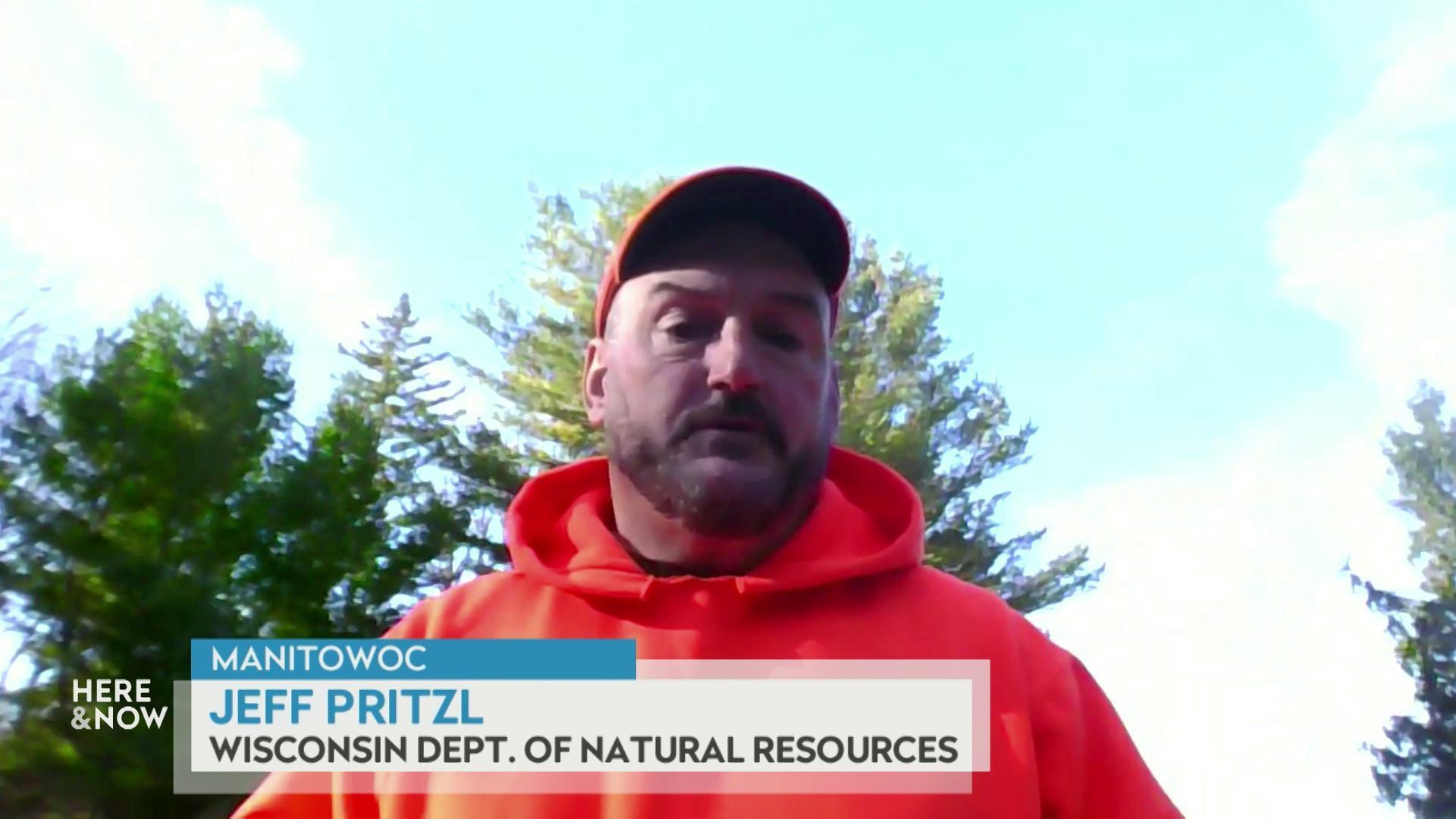
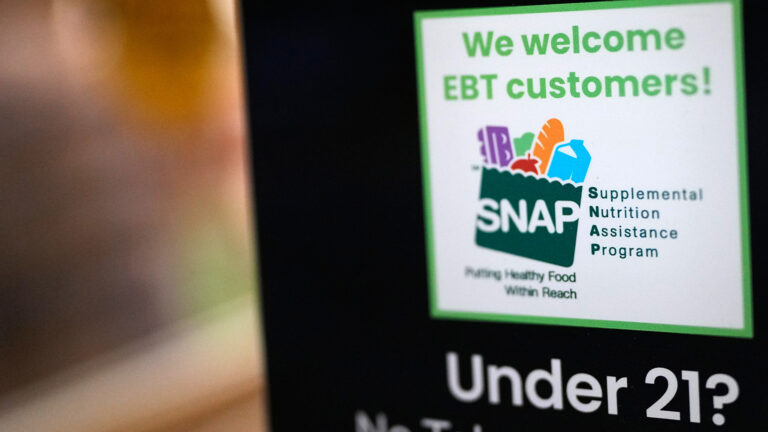
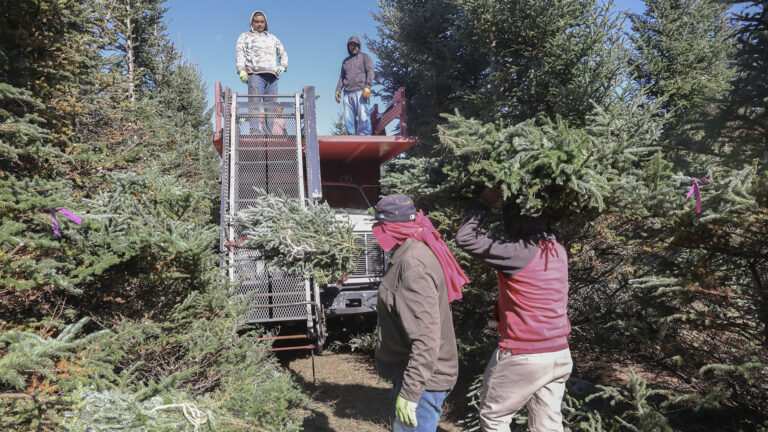

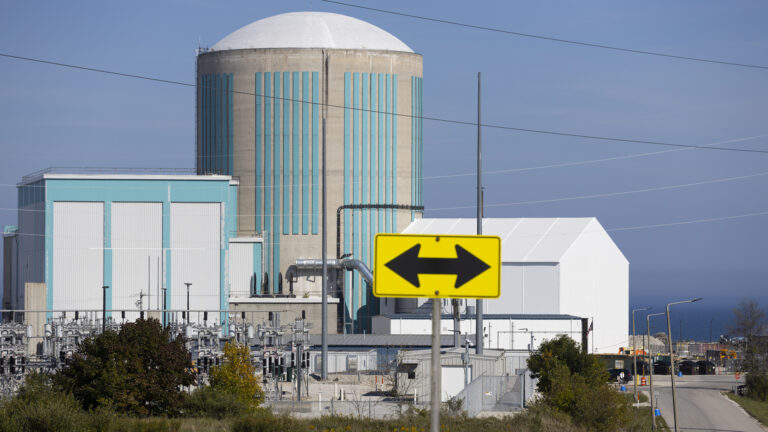

Follow Us